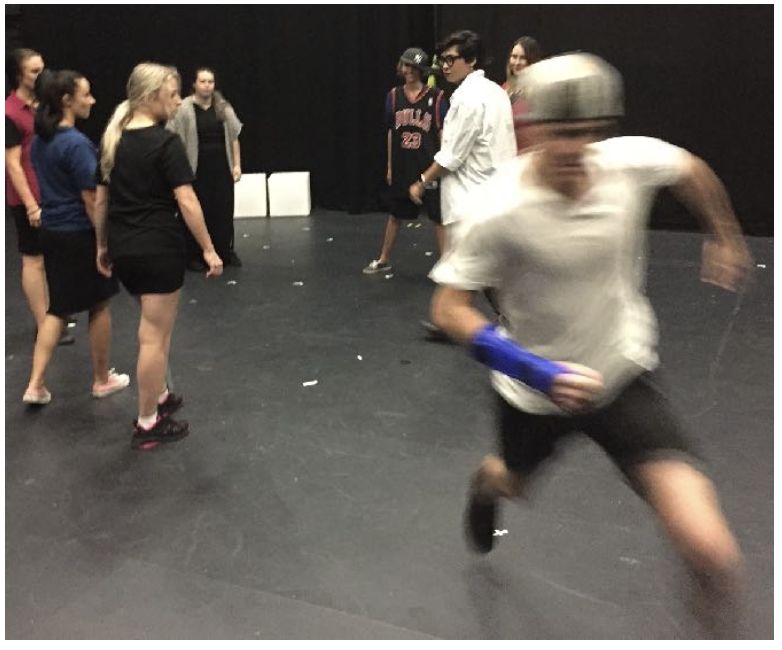Drama Thinking - Part 1
/When you’ve done something for a long time, you overlook the processes that have become second nature or habit. I was reminded of this by a question from a student: how do you go from a story to a drama lesson based on that story?
Underpinning this question is about the whole drama planning process. What are the intermediate steps between the source material and the detailed planning that we take into our drama workshop?
In overview to get from story to plan we use some Drama Thinking (a term I gladly borrow from Norah Morgan and Juliana Saxton(1989) linked with specific Drama Teaching and Learning Strategies.
What do I mean by Drama Thinking?
Drama Thinking are the processes where you take apart a story or drama stimulus idea to see how it can work for a drama lesson. Which pieces of the story have drama potential? Which will be useful for generating the drama learning that you hope for?
It is about how you think as a drama teacher. I am reminded of Peter Duffy’s book A Reflective Practitioner's Guide to (mis)Adventures in Drama Education – or – What Was I thinking? (2015) – (my emphasis).
What are some of the processes that I use for this drama thinking?
Narrative Chain
First, understand the story. Look at the narrative chain in terms of who, when, where and what happens.
In particular, look for the moments in the story that have potential dramatic action – where something happens or where someone or something changes. Consider why these changes happen, the complications faced by the people in the story and the meaning or purpose of the story.
Narrative Structure
There is another consideration in looking at the story: see the story in terms of a dramatic frame. Gustav Freytag, a German novelist and critic of the nineteenth century, drawing on the ideas of Aristotle, identified an image to explain how drama worked.
Using Freytag’s pyramid, look at the story in terms of Introduction and Exposition; inciting incident to get the action started; rising action and tension; climax; falling action; resolution and denouement (where the threads of the story are drawn together).. This is not a one-size-firs-all way of looking at drama, but it is useful when considering a story as having potential for use in your drama class.
Now the work of planning can begin.
Brainstorming Thematic Networking
Brainstorm all the possibilities for drama in your story. sometimes called thematic networking, look for possibilities for drama from the story.
For example, in a story about a shipwreck of a group of immigrants, your first idea might be to show them on board the ship as it is about to sail away from their home.
This might link to dramatic action based on one of the travellers, saying goodbye to her mother knowing that they might never see each other again.
And it might also suggest a scene where there is a different kind of farewell – where someone is glad to be leaving their family and cannot wait until they can escape.
A different thread to this story might be why the journey is being made: to find new worlds or to find treasure or to conquer territory – the political reasons for the journey. The point of this brainstorming is to find as many different points of entering the drama.
In this way, we build a collection of possible moments of dramatic action.
We have started to consider Elements of Drama such as roles, characters and relationships. The action is put in terms of situation. We can start to see the possible development of dramatic tension.
This is a starting point.
There are other drama thinking approaches to explore.
This is the first of as series of posts on this topic.
Bibliography
Duffy, P. (2015). Introduction. In P. Duffy (Ed.), A Reflective Practitioner's Guide to (mis)Adventures in Drama Education – or – What Was I thinking? (pp. 3-10). Bristol, UK: Intellect.
Morgan, N., & Saxton, J. (1989). Drama: A Mind of Many Wonders: Nelson Thornes.










